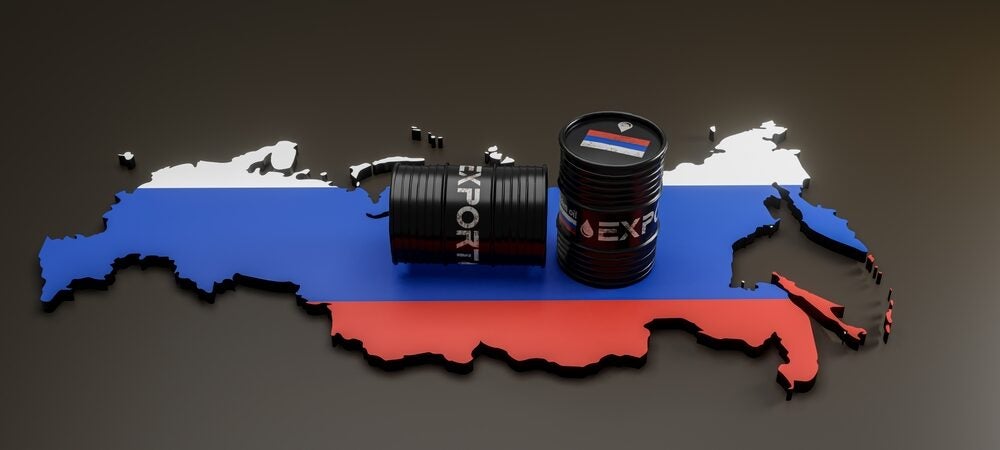EXECUTIVE SUMMARY
Overview
Following Russia’s invasion of Ukraine in February 2022, the United States formed a coalition with 37 allies and partners that imposed sanctions and export controls to limit Russia’s access to foreign goods and technology and erode its ability to sustain the war. U.S. sanctions have immobilized Russian Central Bank assets and targeted thousands of individuals and entities. U.S. export controls were imposed to “choke off exports of technologies and other items that support Russia’s defense industrial base . . . and to degrade Russia’s military capabilities and ability to project power.” Export controls include bans or restrictions on products for military end use or to military end users, bans on exports of certain foreign-origin items like semiconductors produced with U.S. advanced technologies, tools, and software, and restrictions on exports of luxury goods to impose costs on Russian oligarchs. In addition, many multinational companies closed their Russian plants or stopped exports to Russia.
The combination of these actions by the United States and its partners has isolated Russia from the global economy and degraded Russia’s military capabilities. However, despite an initial decline in overall Russian imports, Russia continues to have access to some dual-use technologies, such as semiconductors, through increased trade with countries like China. Looking specifically through the lens of trade statistics, this report examines the impacts of government measures and company actions on Russia’s ability to access foreign goods and technologies, including those that could support and sustain the Russian government’s war efforts.
The report examines: (1) overall trends in Russia’s imports to determine the extent to which Russia can import goods generally and (2) Russia’s imports of select goods (integrated circuits, smartphones, appliances, passenger vehicles, and vehicle parts) directly impacted by export controls or firm exits to assess in more depth the impact of these measures.
This report finds that the United States, its allies, and the private sector need to continue to stay ahead of Russia’s efforts to adapt to government measures and shift to new supply chain networks to access important goods and technologies, including by shifting import sources and importing goods directly or through transshipment points in some postSoviet states. This can be done through enhanced coordination, additional resources, and further strengthening enforcement efforts.
Key findings: Overall import trends
Prewar imports and inventories were high: Russian imports substantially increased prior to the invasion of Ukraine. As a result, Russia entered the war with strong inventory levels for some products, such as certain consumer goods. There was also significant growth in integrated circuit (“IC”) imports in late 2021, though inventory data for ICs are not available. The strong inventory may have mitigated some of the initial impact of export controls.
Russian imports rebounded by the fall of 2022: Russian imports declined sharply in March and April 2022, and in April 2022 were 43 percent below the prewar median level (figure ES1). Russian imports then rebounded, exceeding median monthly prewar imports by September 2022. In the most recent three-month period, August to October 2022, combined imports were 1 percent lower than in the same period in 2019 and 11 percent lower than in the same period in 2021.
Many countries have significantly curtailed exports to Russia: EU exports to Russia declined by $4.6 billion (52 percent) from October 2021 to October 2022, though the EU was the second largest supplier to Russia in October 2022 ($4.2 billion in exports). U.S. and UK exports each declined by $0.4 billion (85 and 89 percent, respectively) and Ukraine and Japan’s exports each declined by $0.3 billion (100 and 41 percent, respectively).
Russian imports from several countries significantly increased, led by China: A few countries increased exports well above prewar levels, including China, Belarus, Turkey, Kazakhstan, Kyrgyzstan, Armenia, and Uzbekistan. Exports from many other countries rebounded from their spring 2022 lows, and some post-Soviet states increased their transshipments of goods produced by multinational firms that no longer export the goods directly to Russia.
Russia Shifting Import Sources Amid US and Allied Export RestrictionsTo read the full report, please click here.

